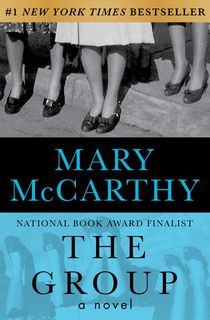Anyone who has followed fiction or movies or any other form of mass-marketed art knows that success doesn’t always look the way we might expect it to. When it comes to books, this means that some classics don’t become bestsellers right away, while some bestsellers dwindle from the public’s memory in remarkably short order. Sometimes, it takes years or even decades for a book to achieve the success that we associate with it, while other times a novel’s stardom may be nothing more than a flash in the pan, burning bright and hot but quickly forgotten.
These forgotten classics were once some of the biggest books of the years in which they were published, but today some are unknown, with relatively few reviews on Goodreads or Amazon. What became of these once-popular books, and is it time for a renaissance? We’ve gathered a few that we think deserve a little more time in the spotlight…
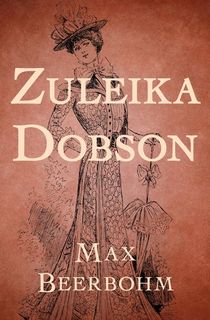
Zuleika Dobson
Originally published in 1911 and set in Edwardian Oxford, this satirical story of a woman whose charms seem almost supernaturally profound is the only novel by celebrated English essayist Max Beerbohm.
It was a hit when it was first released and was named one of the Modern Library’s 100 Best Novels, though it is less well-remembered today. This is a shame, because its story of a “D-list talent afforded A-list media attention” (from the afterword of the 2011 Collector’s Library edition) is as hilarious today as it was more than a hundred years ago when the novel was first published.
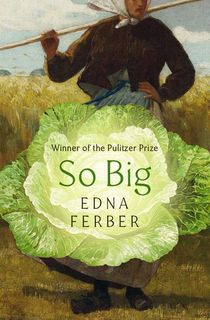
So Big
Winner of the Pulitzer Prize in 1925, this “masterpiece” (The Literary Review) is widely considered to be Edna Ferber’s magnum opus—which is no small accomplishment, given that the author also penned some better-remembered works including Giant (adapted into the 1956 film of the same name) and Cimarron, the film version of which won the Academy Award for Best Picture in 1931.
The story of a schoolteacher in a small Dutch community and her son, who goes off to Chicago in search of a life of his own, So Big was also adapted to film several times over the years, though it never achieved the same fame on screen as some of the author’s other works.

A Bell for Adano
Set during the Allied occupation of a fictional Italian town in 1943, A Bell for Adano won the Pulitzer Prize for Fiction in 1945, and was adapted for film and TV several times, beginning in that same year. It tells the story of an idealistic Army Major, who is placed as the administrator of the small town of Adano during the occupation.
While there, he devotes himself to improving the lives of the people, and proving to them that the occupying forces have their best interests at heart, despite clashes with his own superiors within the armed forces. The main symbol of his struggle to improve the town is his efforts to replace the town’s bell, which was melted down by Mussolini’s fascist government to make rifles.

Random Harvest
Novelist James Hilton won an Academy Award for his screenplay adaptation of another forgotten bestseller, Jan Struther’s 1940 composite novel Mrs. Miniver. But Hilton was responsible for plenty of bestsellers of his own, including this “completely real and convincing” (New York Times) novel about a World War I veteran whose life is upended by repressed memories that come crashing back after the outset of World War II.
Random Harvest was #2 on the Publishers Weekly list of bestselling novels for 1941, beating out such canonical classics as Ernest Hemingway’s For Whom the Bell Tolls, and was published as an Armed Services Edition during the war.
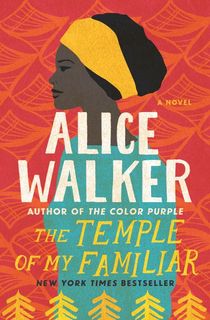
The Temple of My Familiar
Alice Walker is best known as the Pulitzer Prize-winning author of The Color Purple. But while that novel remains a mainstay, some of her other bestselling work has been comparatively forgotten, including this multi-layered 1989 follow-up, which features some of the main characters from The Color Purple as supporting cast—and happens to be Alice Walker's personal favorite.
Though it was published just a few years after The Color Purple and enjoyed similar acclaim and instant bestseller status, this “glorious and iridescent” (Library Journal) novel covering a tapestry of interconnected lives hasn’t been remembered as keenly as its famous predecessor.
The Group
A massive success when it was first published in 1963, Mary McCarthy’s scathing and sometimes satirical look at the lives of eight young women who graduated Vassar together and then went their various ways in the world spent a massive two years at the top of the bestseller lists.
Considered a “brilliant” evocation of a specific moment in history, and a milestone in writing about the perspectives, interests, lives, and sexualities of a generation of women, The Group was both a succes de scandale and a landmark piece of “women’s fiction.” Adapted to film by director Sidney Lumet, the novel was also banned in Australia, Italy, and Ireland for its frank depiction of controversial topics.
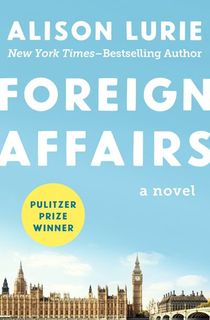
Foreign Affairs
Alison Lurie won the Pulitzer Prize for Fiction when Foreign Affairs was first published in 1984, making it the most successful of her many books about affairs (both extramarital and otherwise) among academics in east coast schools.
Though in this case, the affairs take place far from home, as two different faculty members from the fictional Corinth University embark upon trysts during two separate research trips to London. Besides winning the Pulitzer, Foreign Affairs was a bestseller and also a finalist for both the National Book Award and the National Book Critics Circle Award.
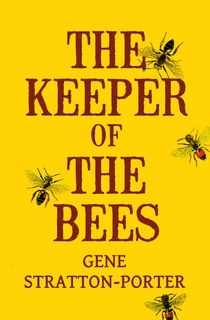
The Keeper of the Bees
Originally serialized in McCall’s magazine and then published in book form in 1925, The Keeper of the Bees was one of the last novels by celebrated naturalist and author Gene Stratton-Potter, whose 1909 book, A Girl of the Limberlost, had become a bestselling phenomenon.
Like most of her books, The Keeper of the Bees deals with the “power and beauty of nature” and was a bestseller, adapted to the screen several times. While A Girl of the Limberlost is better remembered, however, several of Stratton-Potter’s other novels have been relatively neglected in recent years, including this one.

The Enchanted April
Written and set in the 1920s, this “funny, sumptuous, and invigorating vacation for the mind and soul” (500 Great Books by Women) received a recent rediscovery when an Academy Award-nominated film adaptation was released in 1991, directed by Mike Newell and starring Miranda Richardson, Josie Lawrence, Polly Walker, Joan Plowright, Alfred Molina, Jim Broadbent, and others.
“The Enchanted April sounds as if it would be an appallingly cloying cream puff of a fairy tale,” writes The Times Literary Supplement, “but that would be to ignore that the author habitually kept a pot of lemon juice mixed with vinegar beside her ink-pot.”

Mrs. Miniver
In the 1930s, Jan Struther was asked to write a series of columns for The Times about “an ordinary sort of woman who leads an ordinary sort of life.” The result was the columns that would become Mrs. Miniver. And yet, while the character herself may have been intended as an “ordinary sort of woman,” she left an extraordinary impression on the world.
In fact, as the shadow of World War II loomed over the United States, and the build-up toward war began to be reflected in the day-to-day world of Mrs. Miniver, President Franklin D. Roosevelt credited the column’s popularity with building enough public sympathy that it hastened America’s involvement in the war, while Winston Churchill is said to have claimed that it did more for the Allied cause than “a flotilla of battleships.”
Featured photo: Markus Clemens / Unsplash


